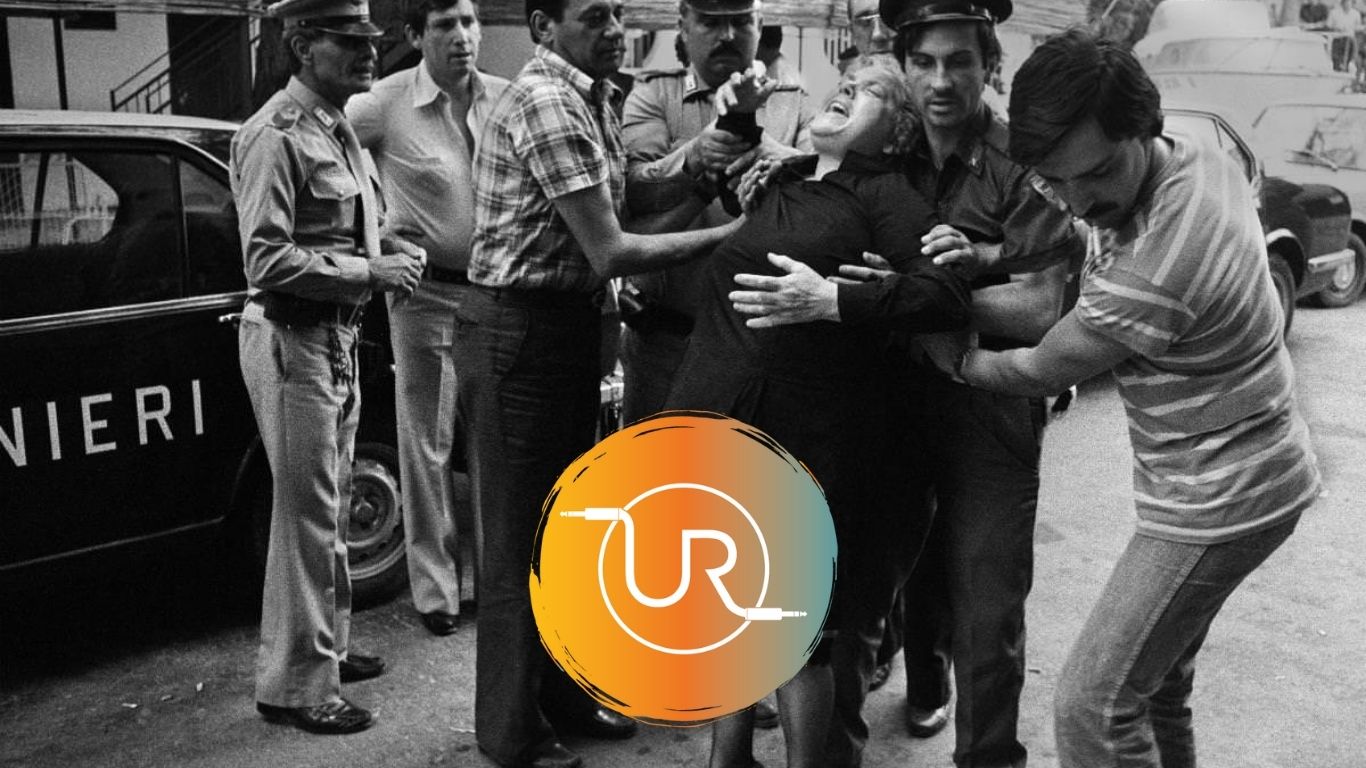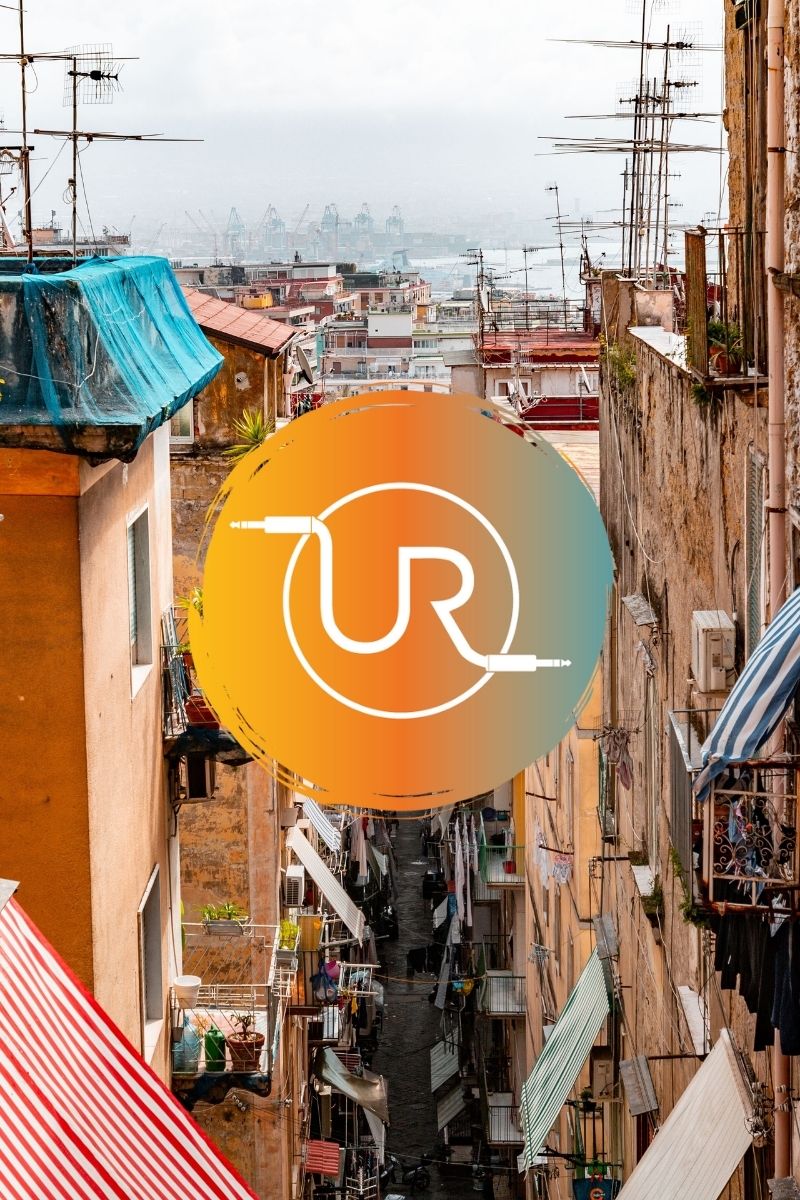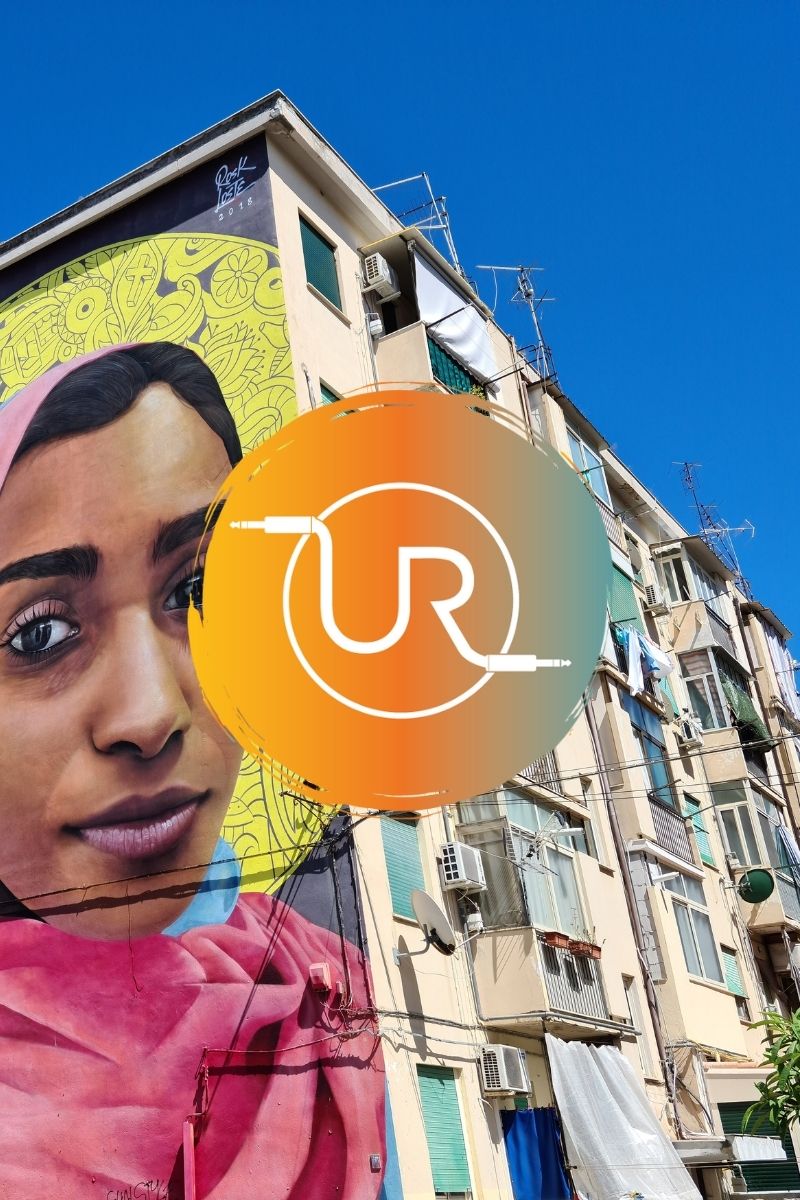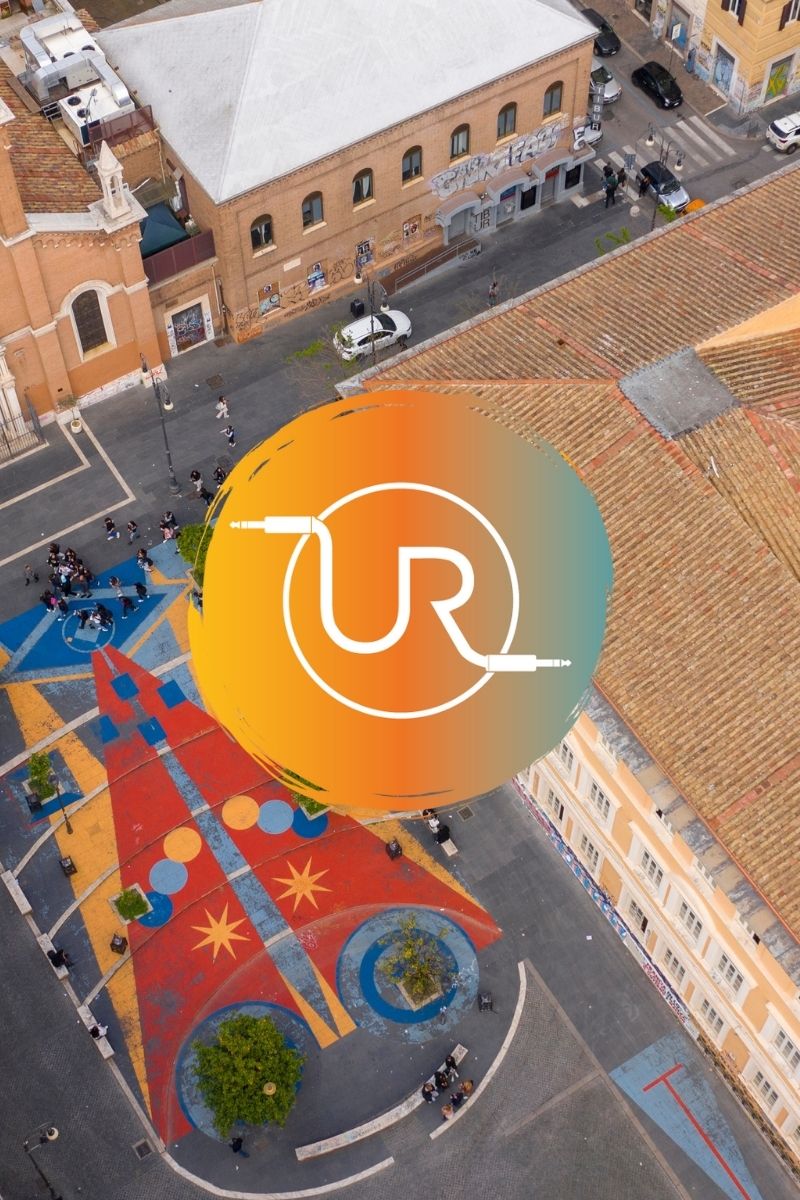
“Photography for me is an act of love, it is true love, it is knowledge. It takes a long time, sometimes a lifetime, to get in touch with a place and its people. I am a photographer from Palermo and only the photographs that I took in Palermo deeply tell my story. (…) Palermo is like a little girl in a poor neighborhood, who wants to grow up, become a teacher or a princess, live happily, and continues to look at the world with eyes full of dreams. Palermo is me. It is a city full of things, beautiful and ugly. As is love.”
Letizia Battaglia: Capturing the Soul of Palermo Through Her Lens
In the heart of Sicily lies Palermo, a city rich in history, culture, and contrasts. It is a place where beauty coexists with brutality, and where everyday life intertwines with the extraordinary. Few have captured the essence of this enigmatic city as powerfully as Letizia Battaglia, the pioneering photojournalist whose work has left an indelible mark on both photography and the documentation of Italian history.
The Early Years
Born in Palermo in 1935, Letizia Battaglia’s career began relatively late in life. She picked up a camera for the first time in her mid-30s, initially as a means to cope with personal struggles. What started as a therapeutic hobby quickly transformed into a lifelong passion and a powerful tool for social change. In the 1970s, she became the first female photographer to be hired by an Italian daily newspaper, L’Ora, marking the beginning of her journey into the world of photojournalism.
Documenting the Mafia
Battaglia is perhaps best known for her fearless documentation of the Sicilian Mafia, a subject that dominated her work for decades. Throughout the 1970s and 1980s, Palermo was gripped by violent Mafia wars, and Battaglia was on the front lines, capturing the raw, often horrifying realities of these conflicts. Her photographs of crime scenes, victims, and the daily lives of those affected by Mafia violence are stark and unflinching.
One of her most famous images, “The Sicilian Mafia’s Slaughter,” depicts the aftermath of a Mafia killing, with lifeless bodies sprawled on the street, surrounded by onlookers. This photograph, like many of her works, is not just a documentation of crime but a powerful statement on the pervasive impact of organized crime on Sicilian society. Through her lens, Battaglia revealed the human cost of Mafia violence, bringing global attention to the issue.
Capturing Palermo’s Soul
While Battaglia’s Mafia photographs are perhaps her most well-known, her work extends far beyond crime scenes. She captured the essence of Palermo itself, portraying the city’s vibrancy, its people, and its unique blend of beauty and decay. Her images of everyday life in Palermo are poignant and evocative, reflecting the city’s complex character.
In Battaglia’s Palermo, children play in the streets, their innocence standing in stark contrast to the violence surrounding them. Elderly women, with faces etched by time, tell silent stories of resilience and survival. The narrow alleyways, bustling markets, and crumbling buildings of the city are all subjects of her unerring eye, each photograph a testament to Palermo’s enduring spirit.
A Voice for Social Change
Battaglia’s work was not limited to capturing images; it was also a powerful tool for advocacy and social change. She used her photography to challenge the status quo, bringing attention to issues such as women’s rights, poverty, and political corruption. Her photographs of women, in particular, highlight their strength and dignity in the face of adversity, offering a counter-narrative to traditional depictions of Sicilian women.
In the 1980s, she co-founded the Centro di Documentazione Giuseppe Impastato, an organization dedicated to the memory of those who fought against the Mafia. Through this center, Battaglia worked tirelessly to educate the public and preserve the legacy of anti-Mafia activists.
Legacy and Recognition
Letizia Battaglia’s contributions to photography and journalism have been widely recognized. She has received numerous awards, including the prestigious Cornell Capa Infinity Award from the International Center of Photography in New York. Her work has been exhibited in galleries and museums around the world, ensuring that her vision of Palermo and her fight against injustice continue to inspire new generations.
Conclusion
Letizia Battaglia’s artistic style is characterized by its raw, unfiltered portrayal of Sicilian life, capturing both the beauty and brutality of her surroundings. Letizia Battaglia’s photographs are more than just images; stark and evocative, they are powerful narratives that capture the soul of Palermo, often highlighting the harsh realities of Mafia violence, social inequality, and the resilience of the human spirit. Through her lens, we see a city of contrasts—where beauty and brutality coexist, and where the human spirit endures against all odds. Battaglia’s work is deeply personal and socially conscious. Her blend of documentary realism with a profound sense of empathy reminds us of the power of photography to not only document reality but also to challenge, inspire, and effect change. In capturing Palermo, Letizia Battaglia captured the world’s attention, leaving a legacy that transcends photography and speaks to the universal struggles for justice and humanity, making her one of the most compelling visual storytellers of her time.







Leave a comment: